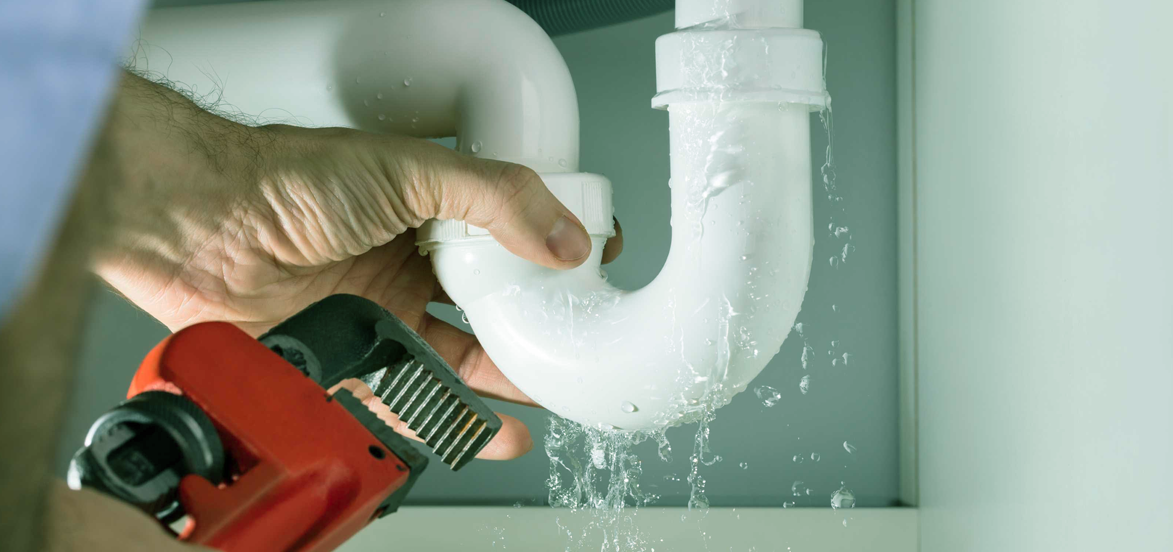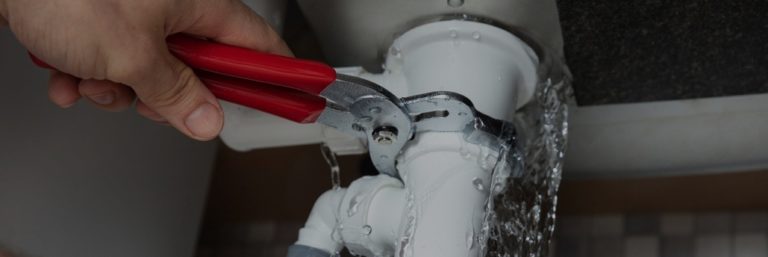Revealing Hidden Water Line Leaks: 6 Useful Detection Tips
Revealing Hidden Water Line Leaks: 6 Useful Detection Tips
Blog Article
We've stumbled upon this great article involving Finding hidden leaks listed below on the web and think it made sense to relate it with you on my blog.

Early detection of dripping water lines can mitigate a possible catastrophe. Some small water leaks may not be visible.
1. Analyze the Water Meter
Every house has a water meter. Inspecting it is a surefire way that assists you uncover leaks. For starters, turn off all the water sources. Ensure no one will purge, utilize the faucet, shower, run the washing device or dishwashing machine. From there, go to the meter and watch if it will certainly transform. Since no person is utilizing it, there must be no movements. If it moves, that shows a fast-moving leak. Likewise, if you spot no changes, wait a hr or more and also inspect back again. This suggests you may have a slow-moving leak that can even be below ground.
2. Examine Water Consumption
If you spot abrupt modifications, despite your intake being the exact same, it means that you have leaks in your plumbing system. An abrupt spike in your expense shows a fast-moving leak.
A consistent boost every month, even with the exact same practices, shows you have a slow leakage that's also slowly rising. Call a plumber to thoroughly check your home, especially if you feel a cozy location on your flooring with piping below.
3. Do a Food Coloring Examination
When it comes to water usage, 30% originates from commodes. Test to see if they are running appropriately. Decline flecks of food shade in the container as well as wait 10 minutes. If the color somehow infiltrates your bowl throughout that time without flushing, there's a leak between the storage tank as well as bowl.
4. Asses Exterior Lines
Don't neglect to examine your exterior water lines as well. Needs to water leak out of the connection, you have a loosened rubber gasket. One little leakage can throw away heaps of water and also surge your water costs.
5. Examine and Assess the Situation
Homeowners should make it a practice to inspect under the sink counters as well as also inside cabinets for any bad odor or mold development. These two red flags indicate a leakage so timely interest is called for. Doing routine assessments, also bi-annually, can save you from a major problem.
If you understand your home is currently old, keep a watchful eye on your heaters, hose pipes, pipelines and so on. Check for discolorations as well as compromising as many appliances and pipes have a life expectancy. They will also normally wear away as a result of tear as well as use. If you think dripping water lines in your plumbing system, don't await it to intensify. Call a professional plumber right now so you do not end up with a dreadful mess in your home.
Early discovery of leaking water lines can reduce a possible disaster. Some tiny water leaks may not be visible. Inspecting it is a guaranteed method that assists you uncover leakages. One tiny leakage can waste loads of water and also increase your water costs.
If you presume leaking water lines in your plumbing system, don't wait for it to rise.
WARNING SIGNS OF WATER LEAKAGE BEHIND THE WALL
PERSISTENT MUSTY ODORS
As water slowly drips from a leaky pipe inside the wall, flooring and sheetrock stay damp and develop an odor similar to wet cardboard. It generates a musty smell that can help you find hidden leaks.
MOLD IN UNUSUAL AREAS
Mold usually grows in wet areas like kitchens, baths and laundry rooms. If you spot the stuff on walls or baseboards in other rooms of the house, it’s a good indicator of undetected water leaks.
STAINS THAT GROW
When mold thrives around a leaky pipe, it sometimes takes hold on the inside surface of the affected wall. A growing stain on otherwise clean sheetrock is often your sign of a hidden plumbing problem.
PEELING OR BUBBLING WALLPAPER / PAINT
This clue is easy to miss in rooms that don’t get much use. When you see wallpaper separating along seams or paint bubbling or flaking off the wall, blame sheetrock that stays wet because of an undetected leak.
BUCKLED CEILINGS AND STAINED FLOORS
If ceilings or floors in bathrooms, kitchens or laundry areas develop structural problems, don’t rule out constant damp inside the walls. Wet sheetrock can affect adjacent framing, flooring and ceilings.
https://www.servicemasterbyzaba.com/blog/how-to-detect-water-leakage-in-walls/

As a passionate reader on Finding hidden leaks, I thought sharing that piece of content was smart. Do you know somebody else who is interested in Top leak detection hacks? Take a moment to share it. Kudos for your time. Kindly visit our site back soon.
About Report this page